New year, new house. Tree selection input requested.
bobmarley753
11 years ago
Related Stories
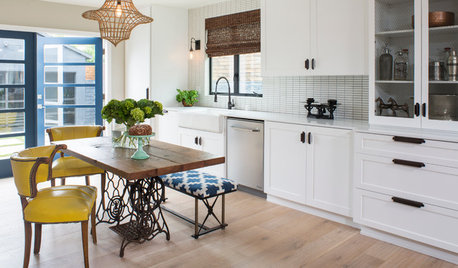
KITCHEN DESIGNGet Ideas From This Year’s Top 20 Kitchen Tours
Smart storage, functionality for cooks and families, vintage touches and lots of personality mark your favorites of 2015
Full Story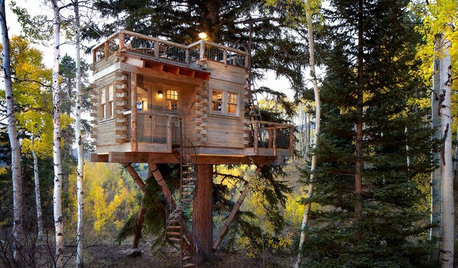
TREE HOUSESHouzz Call: Show Us Your Well-Designed Treehouse or Tree Fort!
Got a great treehouse or tree fort? We want to see it! Post yours in the Comments and we’ll feature the best in a future article
Full Story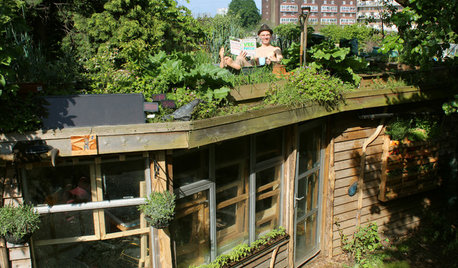
STUDIOS AND WORKSHOPSVisit London’s Shed of the Year
A modern Renaissance man carves out a multifunctional green oasis amid London’s urban whirl
Full Story
COLORColors of the Year: Look Back and Ahead for New Color Inspiration
See which color trends from 2014 are sticking, which ones struck out and which colors we’ll be watching for next year
Full Story
GARDENING GUIDES8 Native Shrubs for Year-Round Bird Feeding
It’s not just about berries. These plants provide insects for birds and seasonal interest for gardeners
Full Story
GARDENING GUIDES15 Ideas to Try in Your Garden This Year
These gardening stories were tops among Houzz readers. Which ideas might you try this year?
Full Story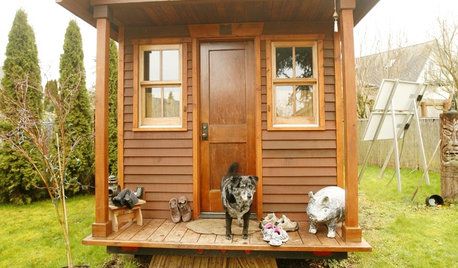
SMALL SPACESLife Lessons From 10 Years of Living in 84 Square Feet
Dee Williams was looking for a richer life. She found it by moving into a very tiny house
Full Story
LIFEHouzz Call: What's Your New Year's Resolution for the House?
Whether you've resolved to finally finish a remodeling project or not stress about your home's imperfections, we'd like to hear your plan
Full Story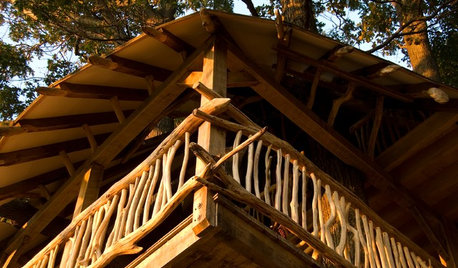
FUN HOUZZA Tepee in the Trees Defies the Ordinary
This Pennsylvania tree house brings a family together, spawns adventures and respects the trees. Have a look
Full Story
GARDENING GUIDESHow to Keep Your Trees Healthy
Ensure your trees’ vigor for years to come with these tips for protecting roots, watering effectively and more
Full StoryMore Discussions








ken_adrian Adrian MI cold Z5
WxDano
Related Professionals
Jennings Landscape Architects & Landscape Designers · Redondo Beach Landscape Architects & Landscape Designers · Brooklyn Park Landscape Contractors · Del Aire Landscape Contractors · Lewisville Landscape Contractors · North Ridgeville Landscape Contractors · Old Saybrook Landscape Contractors · Roswell Landscape Contractors · Snoqualmie Landscape Contractors · Winter Gardens Landscape Contractors · Bensenville Landscape Contractors · West Haven Siding & Exteriors · Centennial Decks, Patios & Outdoor Enclosures · Garden City Decks, Patios & Outdoor Enclosures · Novi Decks, Patios & Outdoor Enclosuresgardenapprentice
Toronado3800 Zone 6 St Louis
alabamatreehugger 8b SW Alabama
ken_adrian Adrian MI cold Z5
whaas_5a
ken_adrian Adrian MI cold Z5
bobmarley753Original Author
bobmarley753Original Author
nandina
bobmarley753Original Author
greenthumbzdude
krnuttle
ken_adrian Adrian MI cold Z5
Dzitmoidonc
drrich2
laceyvail 6A, WV
WxDano
arktrees
WxDano
bobmarley753Original Author
whaas_5a
WxDano
arktrees
krnuttle
whaas_5a
arktrees
whaas_5a
scotjute Z8
bobmarley753Original Author
j0nd03
WxDano
j0nd03
arktrees
WxDano
bobmarley753Original Author
j0nd03
arktrees
WxDano
sam_md
bobmarley753Original Author
arktrees
arktrees
greenthumbzdude
calliope
bobmarley753Original Author
j0nd03
poaky1
hairmetal4ever